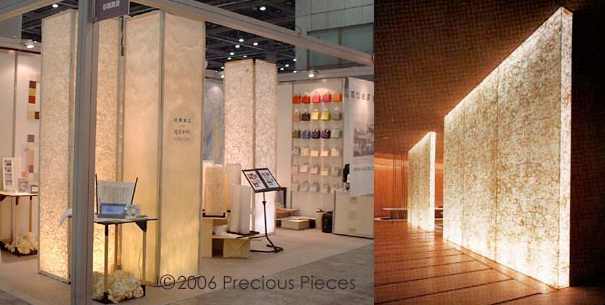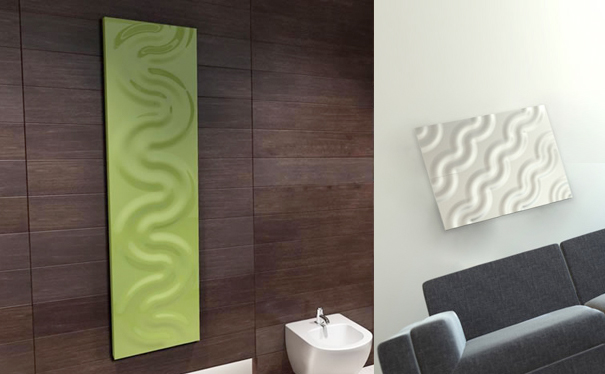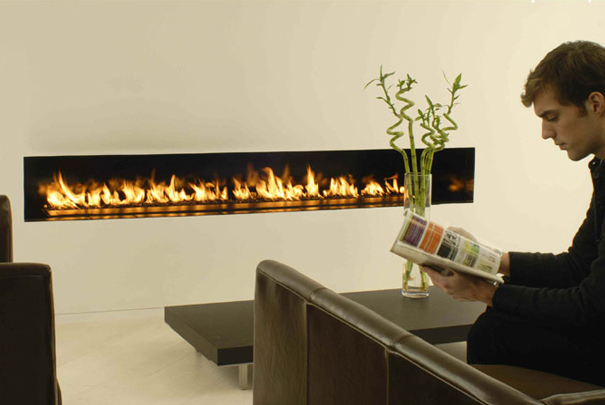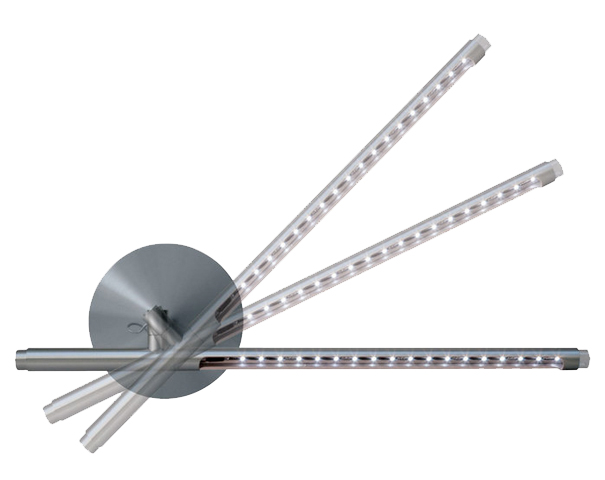Washi Architectural Panels
If you’re among those who occasionally tire of the harsh geometry and unyielding contours of much contemporary design, you might enjoy a brief sojourn to the Far East, home of the naturalized minimalism of Zen Gardens and the high-ceilinged expanses of Kansai architecture. Though it’s always perilous to ascribe an aesthetic to an entire culture, most Japanese designers revere their ancestral forebears.
Washi Architectural Panel. Designed by Hido Odaira. Manufactured by Precious Pieces.
This reverence manifests in different ways, of course, whether it’s the subtly illuminated minimalism of the work of Shiro Kuramata, the staid placidity of Yikio Hashimoto’s Urushi Tub, or the aqueous luminescence of Kenzan Tsutakawa-Chinn’s Eminence Collection. Here’s a fourth name to add to this roster, the architect/artisan Hido Odaira.
Though he spends much time pursuing his career as an architect, Odaira also devotes considerable energy to an updated application for the traditional artisanal craft of Washi. An off-shoot of the storied tradition of Japanese papermaking-which dates to 600 AD-Washi is a rare craft that surivived (barely, only 500 some Washi artisans remain) the onslaught of mechanized papermaking in the 19th. century. The technique involves stripping, cleaning, pounding, and stretching the fibers of the mulberry plant, then mixing same with a solution made from tororo-aoi (or “sticky mountain potato”). The result is a texturally appealing, durable, and sustainable parchment.

Odaira’s work with Precious Pieces not only involves obtaining the traditional parchment, but also cutting, dyeing, puncturing, and fashioning same into decorative designs with art and architectural applications. Though the uses for Washi in this respect are many and varied, one attention-getter is the sandwiched architectural panels. In this application, large rectangles of Washi sheets (as large as 5′ x 10′) are captured between two sheets of glass to create a laminated panel that can be used in doors or as room partitions or decorative wall-coverings. These pieces can be backlit to create an eerie infusion reminiscent of both Kuramata’s installations and Tsutakawa-Chinn’s lightpieces, but also done up in a more contemporary style that yet retains traces of an elegant Asian aesthetic. And Precious Pieces offers a design-build option that let’s you choose the parchment style you desire, then specify the size/application of the final product. What better way to bring a bit of Buddhist serenity into your home … it might just be the ticket for some restorative therapy during this silliest of seasons.




Leave a Reply